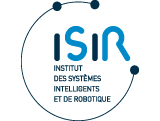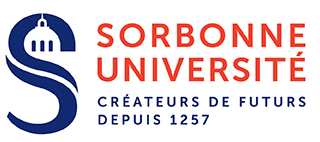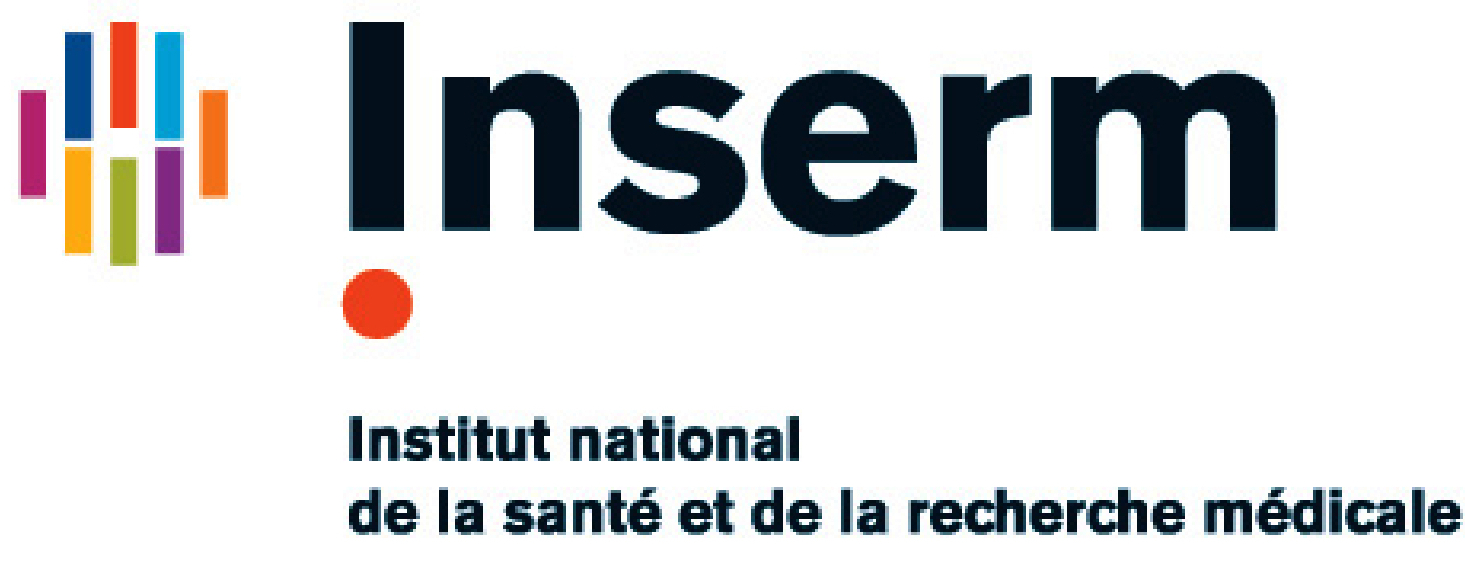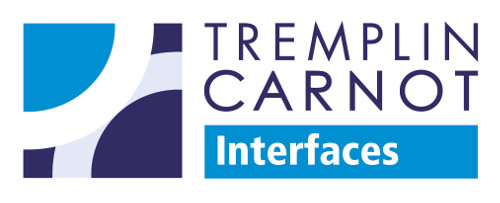 Title
Title : Doctorant.e
No longer in the unit
PhD field of research: robotic upper-limb exoskeleton for neurorehabilitation
Starting date: Jan 2014
Advisors: Prof. A. Roby-Brami, Prof. N. Jarrassé

During the weeks following a brain lesion, hemiparesis symptoms usually recover spontaneously but in a partial and inconstant way. Hemiparetic patients normally exhibit pathological synergies, meaning global and stereotyped unnatural patterns of movements that occur when they make any
effort to move. These impaired patterns of coordination, if not promptly and correctly treated, can encourage negative compensations in stroke survivors and potentially limit their motor recovery.
With the increasing demand for robotic neurorehabilitation, an important weight should therefore be devoted to strategies for assisting the patients in recovering “healthy-like” movements through efficient teaching methods. In fact, functional improvements, without considering negative compensations, risk to be ineffective.
Rehabilitation robotics been studied and tested since 25 years, and a wide range of solutions to control both exoskeletons and simpler planar robot is available. However, very few researches focused on the problem of controlling coordination in post-stroke patients and the clinical results are still not satisfying. Moreover, studies on physical human-robot interaction, when robotic devices are acting at the joint level on multiple interaction points, as in the case of exoskeletons, are lacking.
During my PhD, I will try to address the problem of improving the relearning process during the motor recovery of post-stroke patients, using a robotic exoskeleton.
Based on the consolidated hypothesis of similitude between motor control learning in healthy and motor recovery of impaired patients, I will focus in particular on the following unsolved questions:
- How do people adapt when they perform motions in joint-level force fields, distributed along the upper-limb by a robotic exoskeleton?
- What are the parameters of the force-field, and thus the robot behaviour, which better influence the learning process in healthy?
- What are the best control strategies for rehabilitation exoskeletons to fulfil this purpose?
- How to produce challenging practice and provide assistance, maintaining high the motivation of the subject?
Teaching:
2014-15 -- Lab assistant for Mobile Robotics
Polytech Paris-UPMC, MS in Robotics Engineering
Education:
Jun 2014 -- First European Computational Motor Control Summer School
Montpellier, France
Topics: computational motor control, neuromechanics, motor learning, neuro-rehabilitation, adaptive control, HRI
Main lectures by J. Smeets (VU - University of Amsterdam), E. Burdet (Imperial College), D. Franklin (University of Cambridge), F. Valero-Cuevas (University of Southern California), S. Schaal (Max-Plank Institute and University of Southern California)
Program available here.
Oct 2013 -- MS in Control Engineering
Sapienza University of Rome, Italy
Thesis: hybrid dynamic nonprehensile manipulation: application to a 3-dof robot
Advisors: Prof. G. Oriolo (Sapienza), Prof. K. Lynch (Northwestern University)
Oct 2012 / Oct 2013 -- Visiting Pre-Doctoral Fellow
Northwestern University, Evanston, IL, USA
NxR - Neuroscience and Robotics Lab
Field of research: nonprehensile manipulation, hybrid dynamic systems, sampled-based planning algorithms
Advisors: Prof. K. Lynch
Oct 2010 -- BS in Automated Systems Engineering
Sapienza University of Rome, Italy
Thesis: modeling and controlling composability property in embedded systems by applying hybrid automata theory
Advisors: Prof. F. Delli Priscoli








